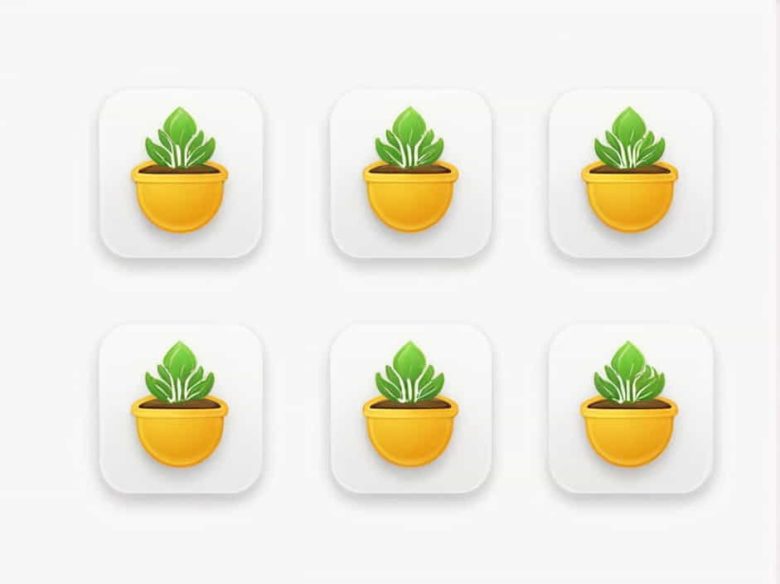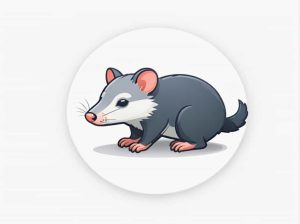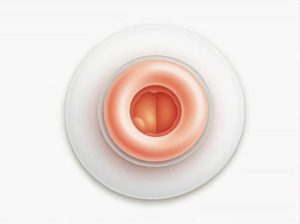Seed germination is the process by which a seed develops into a new plant. For this to happen seeds require specific conditions including water oxygen the right temperature and sometimes light. Without these essential factors a seed will remain dormant and fail to sprout.
Understanding what seeds need to germinate is important for gardeners farmers and plant enthusiasts who want to ensure healthy plant growth. In this topic we’ll explore the key requirements for seed germination and how different factors influence the process.
1. What Is Seed Germination?
Seed germination is the first stage of plant growth where a seed transitions from dormancy to active growth. This process begins when the seed absorbs water and ends when the first sprout or seedling emerges from the soil.
✔ Dormant Seed: A seed in its inactive state waiting for the right conditions to sprout.
✔ Active Germination: The process where the seed absorbs nutrients and starts growing.
Germination times vary between plant species ranging from a few days to several weeks. Factors like temperature moisture and seed quality affect how quickly seeds sprout.
2. Essential Factors for Seed Germination
For a seed to germinate successfully it needs the following:
1. Water: The Key to Activation
Water is the most critical factor in seed germination. It triggers biochemical reactions inside the seed softens the seed coat and allows the embryo to grow.
✔ Function: Helps dissolve stored nutrients and activates enzymes that support growth.
✔ Too Much Water: Can cause the seed to rot or suffocate due to a lack of oxygen.
✔ Too Little Water: Prevents the seed from starting the germination process.
The amount of water required varies depending on the plant species. Some seeds need to be soaked before planting while others only require consistent moisture in the soil.
2. Oxygen: Essential for Energy Production
Seeds need oxygen for cellular respiration which provides the energy required for growth. During germination the seed consumes stored food and converts it into energy.
✔ Function: Provides energy for cell division and root development.
✔ Too Little Oxygen: Can lead to slow or failed germination.
Seeds planted too deep in the soil may not receive enough oxygen delaying germination. Loose well-aerated soil is ideal for allowing air to reach the seed.
3. Temperature: The Right Warmth for Growth
Each plant species has an optimal temperature range for germination.
✔ Warm-Season Plants (e.g. tomatoes peppers) germinate best in temperatures between 18-30°C (65-86°F).
✔ Cool-Season Plants (e.g. lettuce spinach) prefer temperatures between 5-15°C (40-60°F).
✔ Too Hot: Can dry out seeds or damage embryo cells.
✔ Too Cold: Can slow or halt the germination process.
Some seeds like carrots and lettuce require cooler temperatures while others like peppers and melons need warm conditions to sprout.
4. Light vs. Darkness: Does Light Affect Germination?
Some seeds require light to germinate while others need complete darkness.
✔ Seeds That Need Light: Lettuce petunias and some herbs require light exposure. These seeds should be pressed lightly into the soil rather than buried.
✔ Seeds That Need Darkness: Beans tomatoes and squash germinate best when covered with soil.
For most seeds light plays a minimal role in germination but once the seedling emerges light becomes essential for photosynthesis.
3. Other Factors That Influence Seed Germination
1. Seed Quality and Viability
✔ Fresh healthy seeds have a higher germination rate.
✔ Old or damaged seeds may not sprout at all.
Checking the seed packet for expiration dates or conducting a germination test (placing seeds on a damp paper towel to see if they sprout) can help determine seed viability.
2. Soil Conditions
✔ Loose well-draining soil helps oxygen and water reach the seed.
✔ Compacted soil can prevent seed growth.
Sandy or loamy soils are ideal for fast-draining properties while clay-heavy soils should be loosened before planting.
3. Seed Dormancy and Scarification
Some seeds have hard coats that prevent water absorption. These seeds require scarification a process that weakens the seed coat through:
✔ Soaking in warm water (e.g. morning glory seeds).
✔ Rubbing with sandpaper (e.g. sweet pea seeds).
✔ Cold stratification (chilling the seed in a refrigerator) (e.g. apple seeds).
Breaking seed dormancy helps ensure uniform and successful germination.
4. How to Improve Germination Success
✔ Pre-soak seeds in water for a few hours to speed up hydration.
✔ Plant at the correct depth based on seed size (larger seeds go deeper smaller seeds stay near the surface).
✔ Keep soil consistently moist but not soggy.
✔ Maintain the right temperature for the plant type.
✔ Use a humidity dome or plastic cover to trap moisture for delicate seeds.
5. Common Problems During Germination
✔ Seeds Not Sprouting? Likely due to old seeds lack of moisture or incorrect temperature.
✔ Mold or Rot? Caused by excessive moisture or poor air circulation.
✔ Weak Seedlings? Could result from low light or improper soil nutrients.
Monitoring conditions and making small adjustments can lead to strong healthy seedlings.
Seed germination depends on water oxygen temperature and sometimes light. Providing the right conditions ensures successful sprouting and strong plant growth.
By understanding and controlling these factors gardeners and farmers can improve seedling survival rates and overall plant health.



